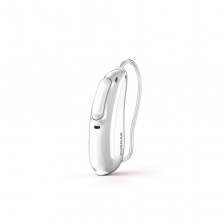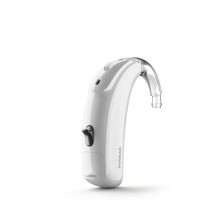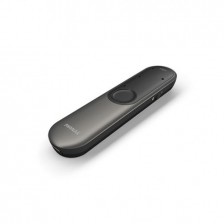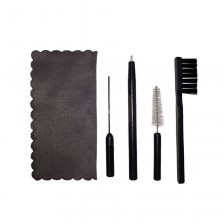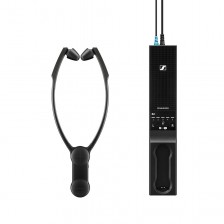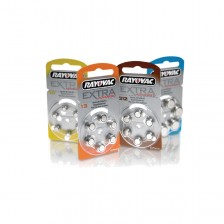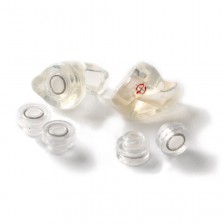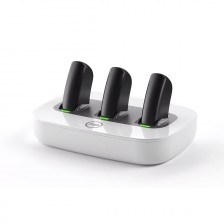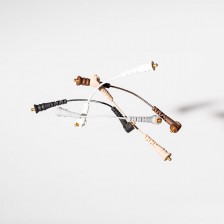In-ear hearing aids, what should I know?

What do I need to know about in-ear hearing aids?
The first thing is to clarify exactly what kind of hearing aids we are talking about. In-ear or custom hearing aids are those placed inside the ear canal so that the case is custom-made and all of its mechanism is well fitted into each person's ear.
There are different types of in-ear hearing aids and they are cataloged in different styles, although we must keep in mind one thing: a custom hearing aid is always more advisable for people who have low to moderate hearing loss, but the picture is gradually changing.
For people who have severe hearing loss there is the option of designing the case a little larger to be able to place all the necessary mechanism inside, but each ear is unique and needs to study it carefully to conclude which hearing aid is the best for you.
In the market there are other options to cover severe to profound hearing loss, such as BTE hearing aids or the new Virto B-Titanium, the new revolution in the market. These hearing aids have an intracanal format -therefore they are small- and this means that for the first time a small hearing aid covers severe losses going completely unnoticed.
What should you keep in mind about in-ear hearing aids?
- They are intended to cover the moderate hearing losses, except in some cases like the Virto B-Titanium which are covering till severe hearing losses.
- They can give a sensation of occlusion (having the ear plugged). For all those who listen perfectly low-pitched sounds, this is not the most appropriate format. The best in these cases is to opt for open adaptations with RIC formats.
- They cover mild hearing losses where the aesthetic factor is very important and is a priority.
- They are always conditioned to the anatomy and size of the ear. There are a number of features, such as the inductive coil, that some people can not carry because of the anatomy of their ear. The inductive coil requires a bit more of space so if the ear canal is too small the hearing aid will not be as smaller and invisible as you should expect.
- Connectivity to in-ear hearing aids is not always possible. The components that carry the hearing aid to connect wirelessly need a little more space and therefore, the more features you need in a hearing aid, probably the bigger the hearing aid wiould be. That's why Nano hearing aids don't have connectivity.


